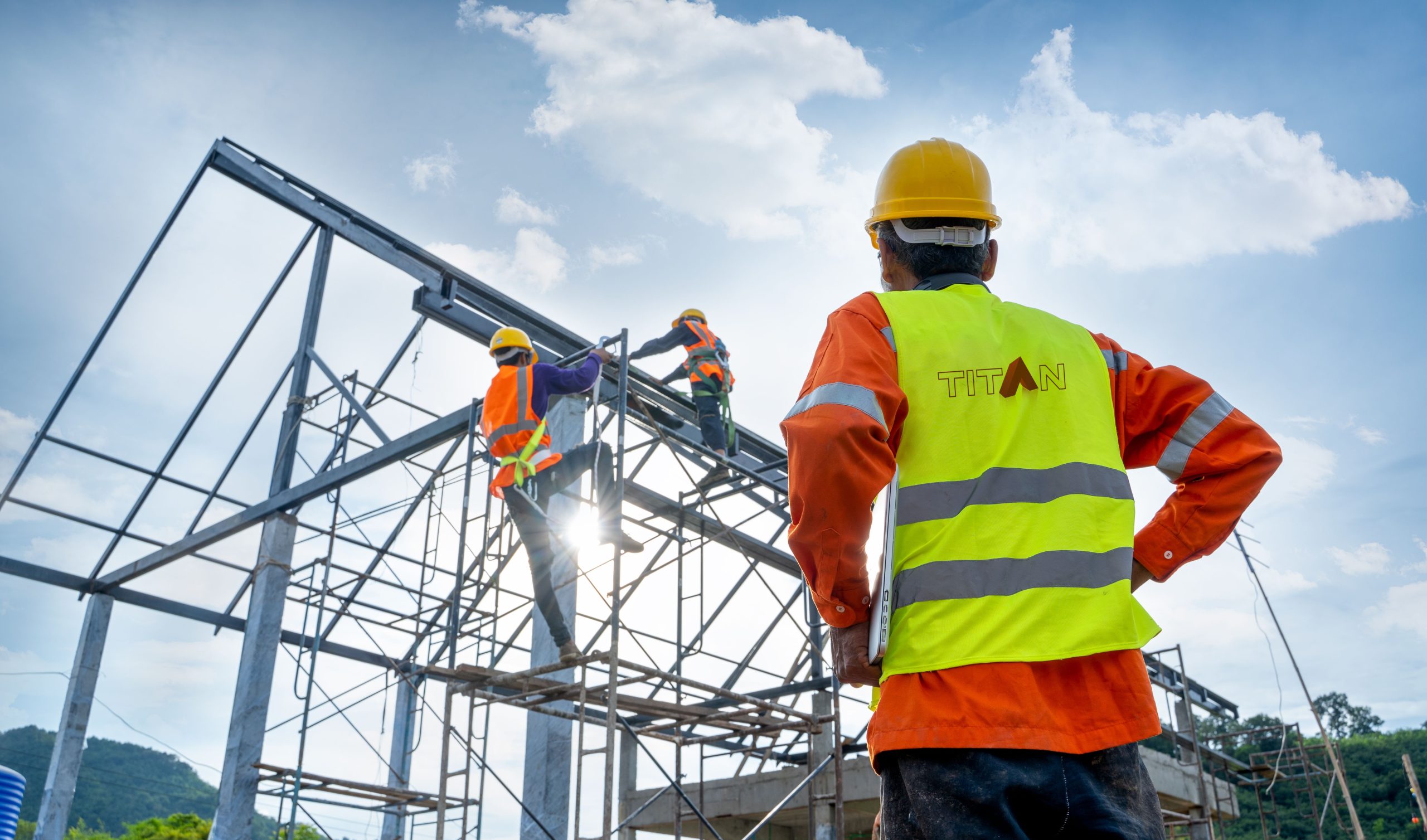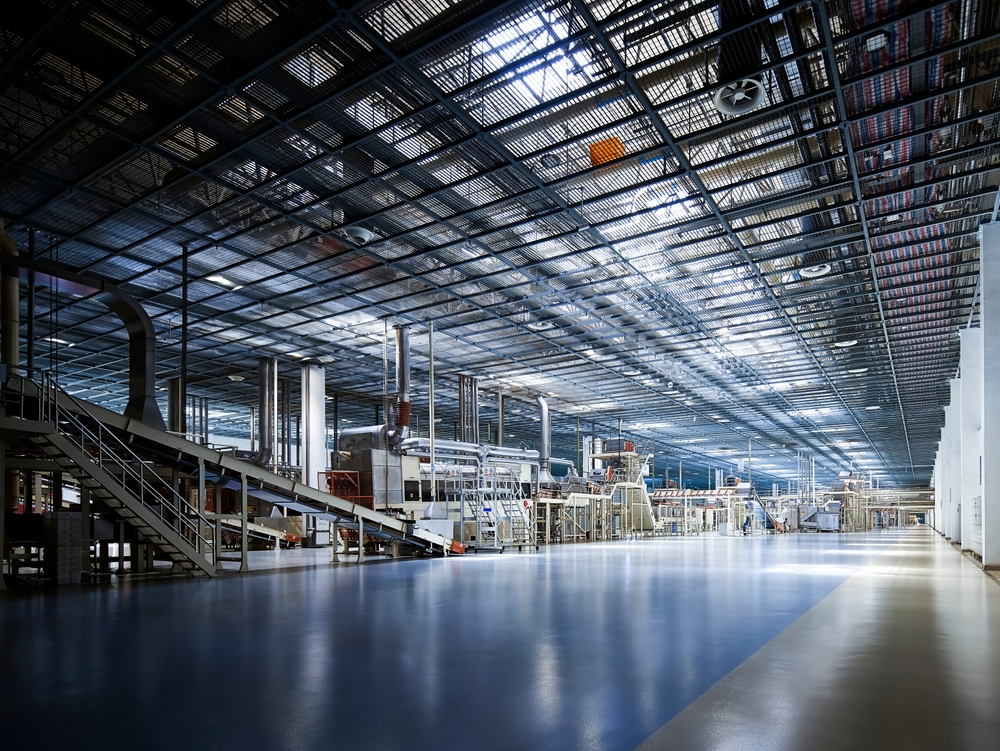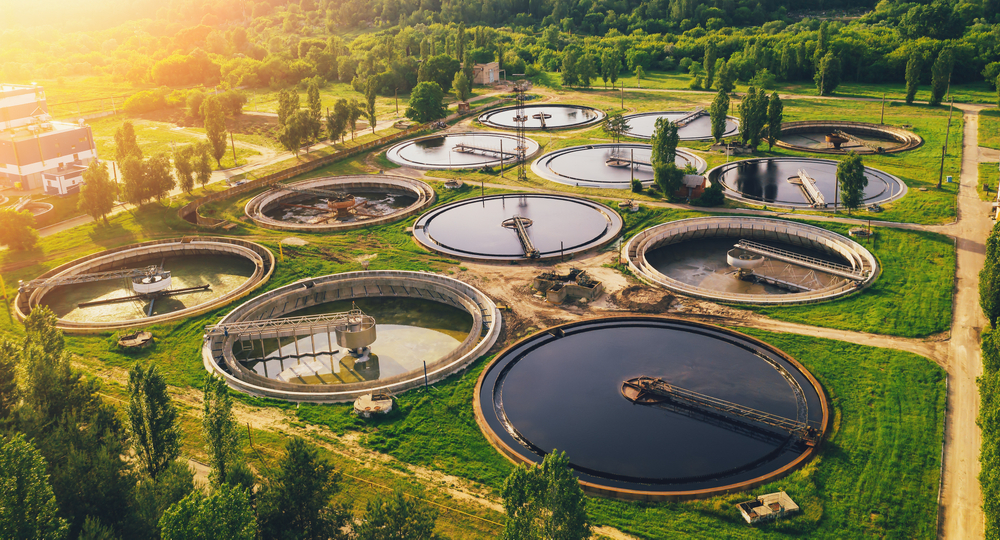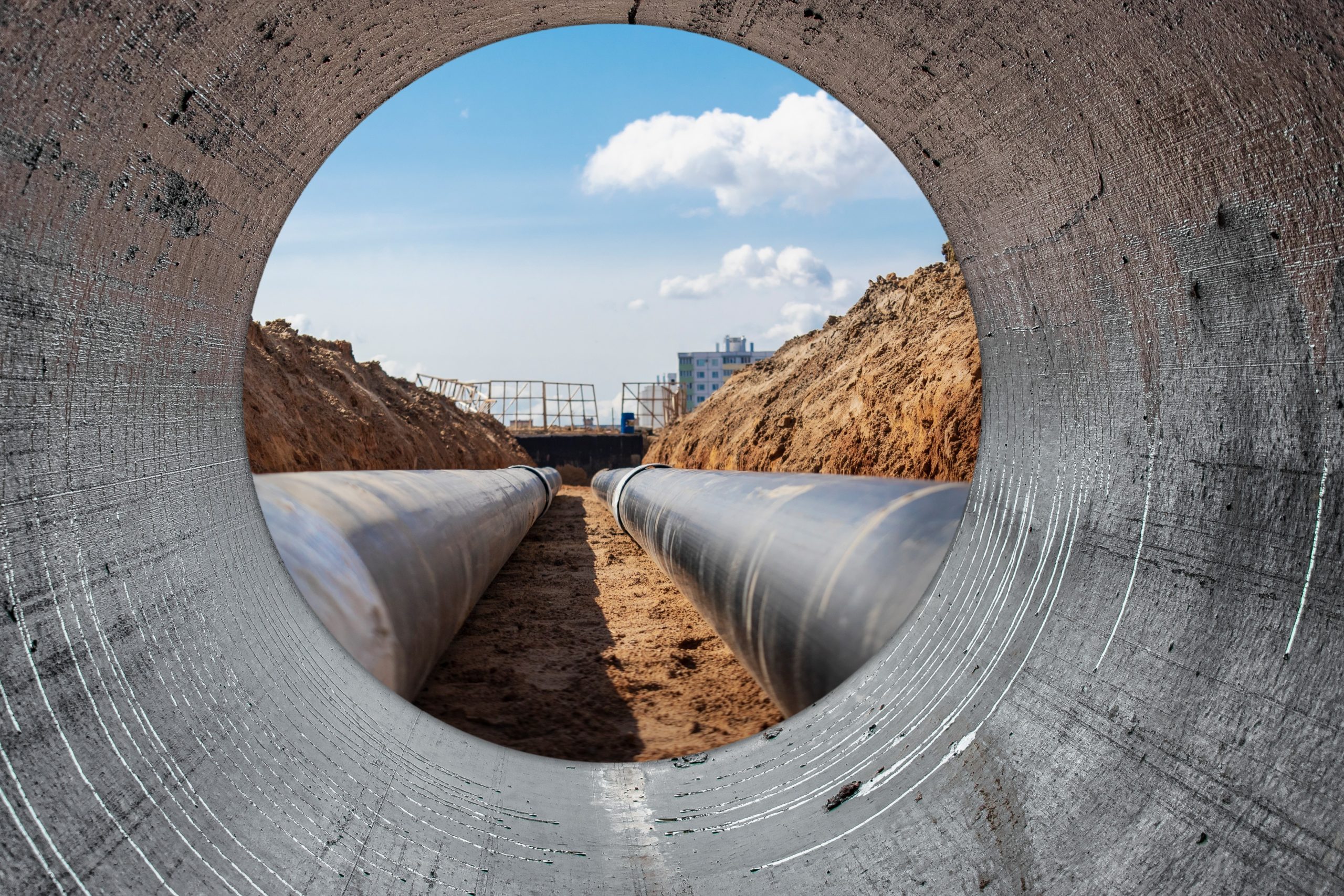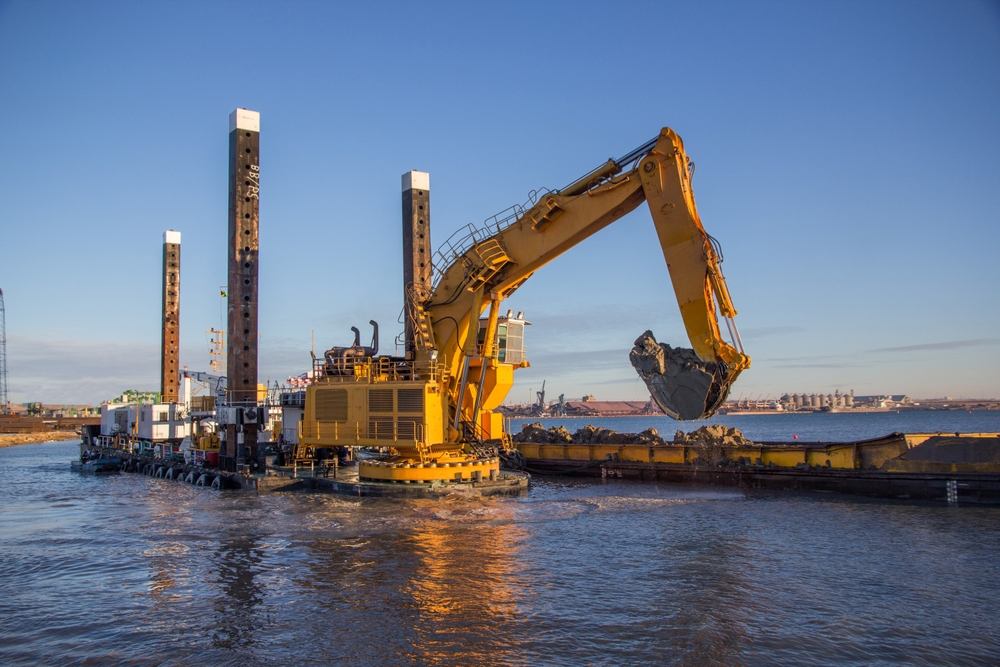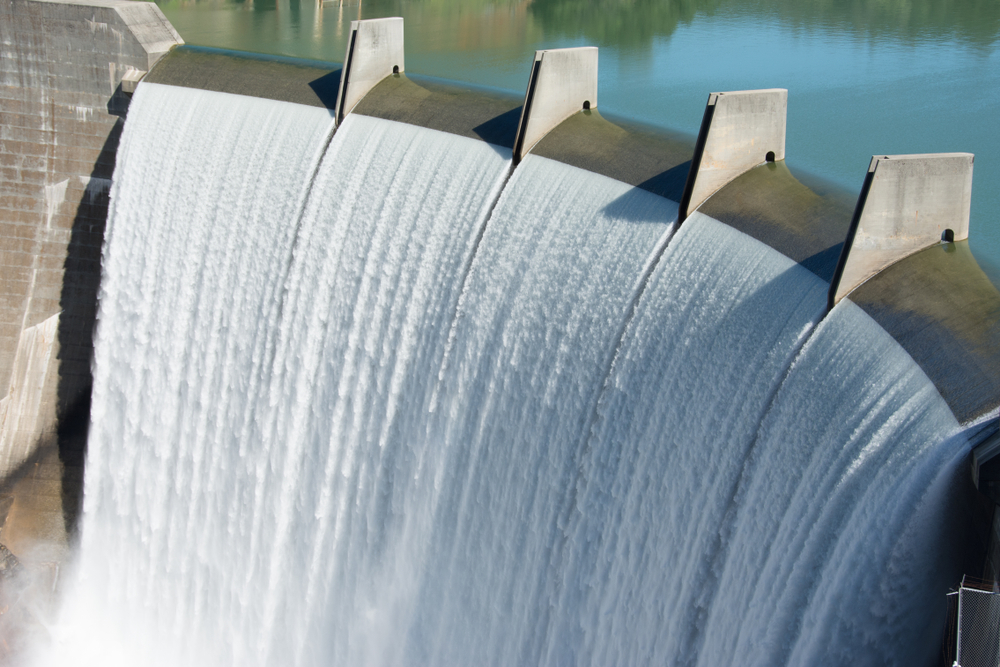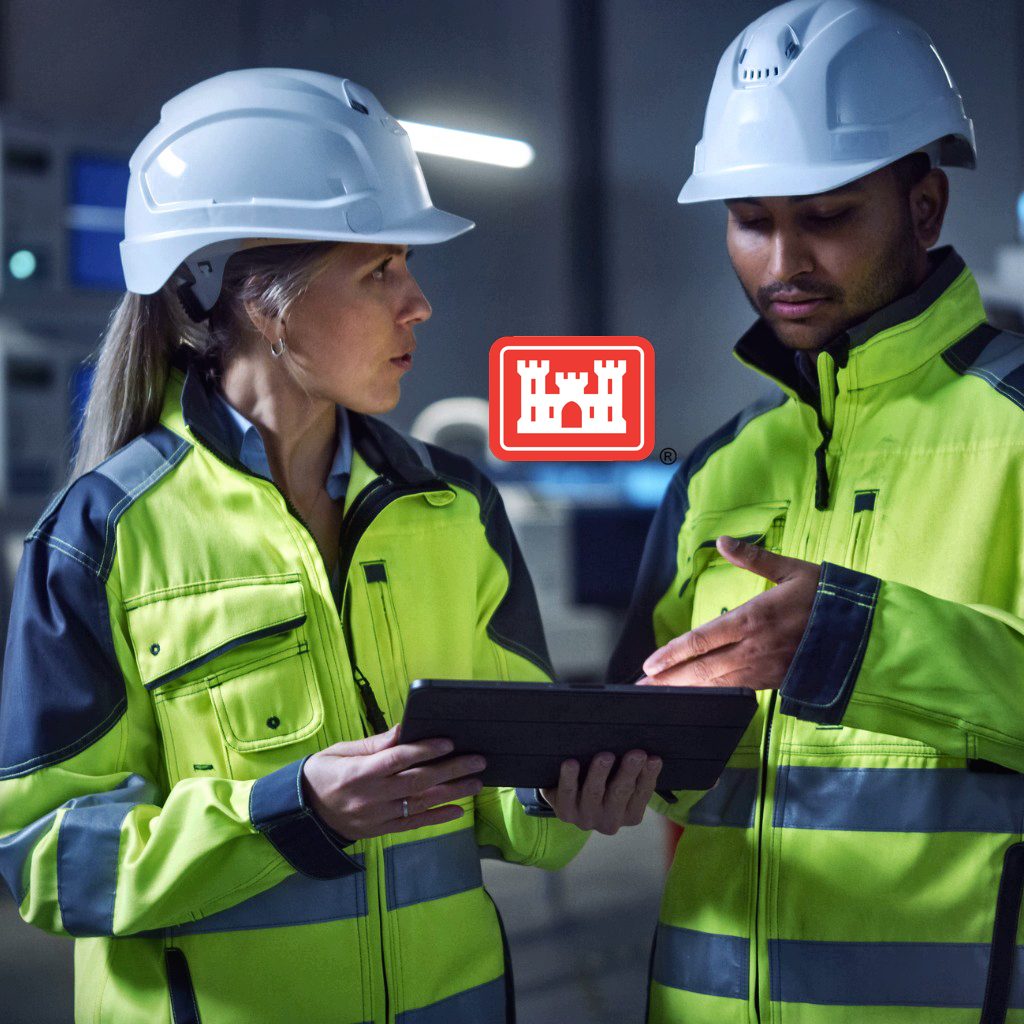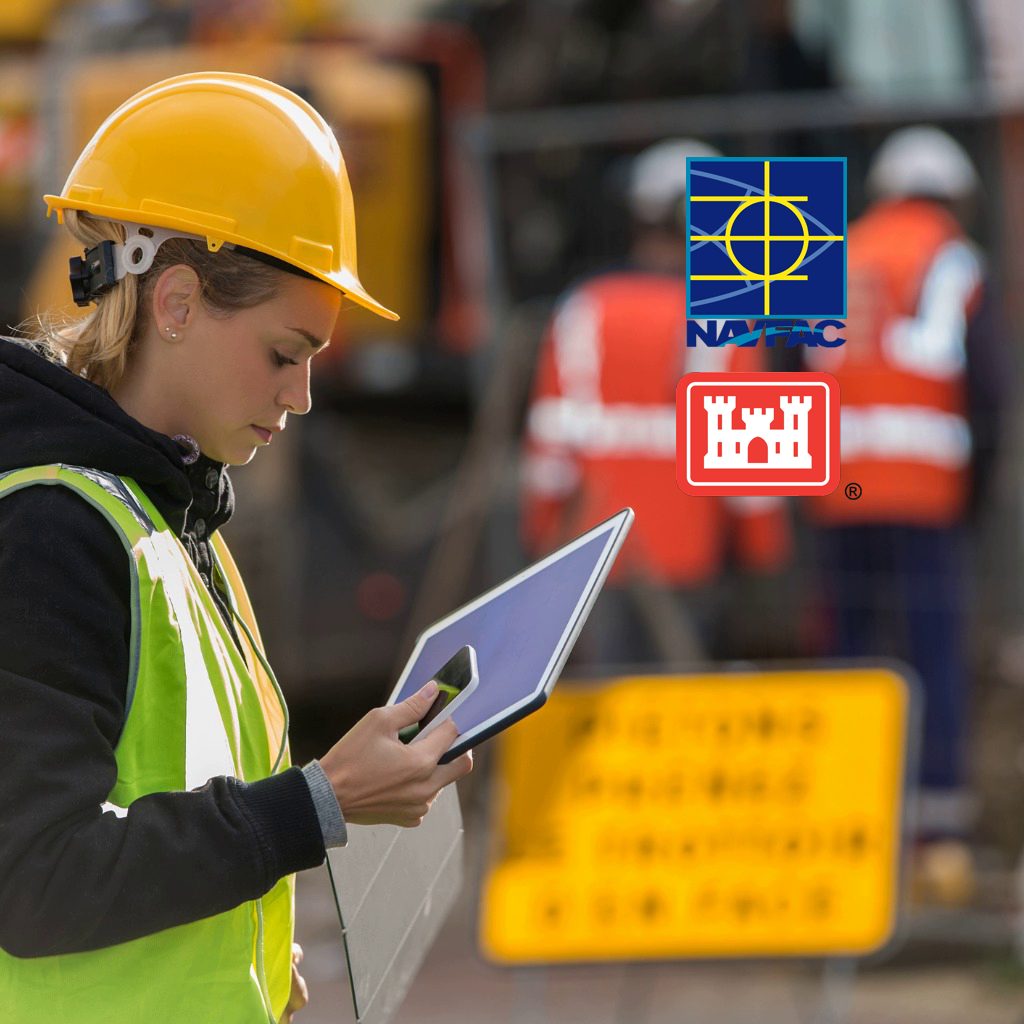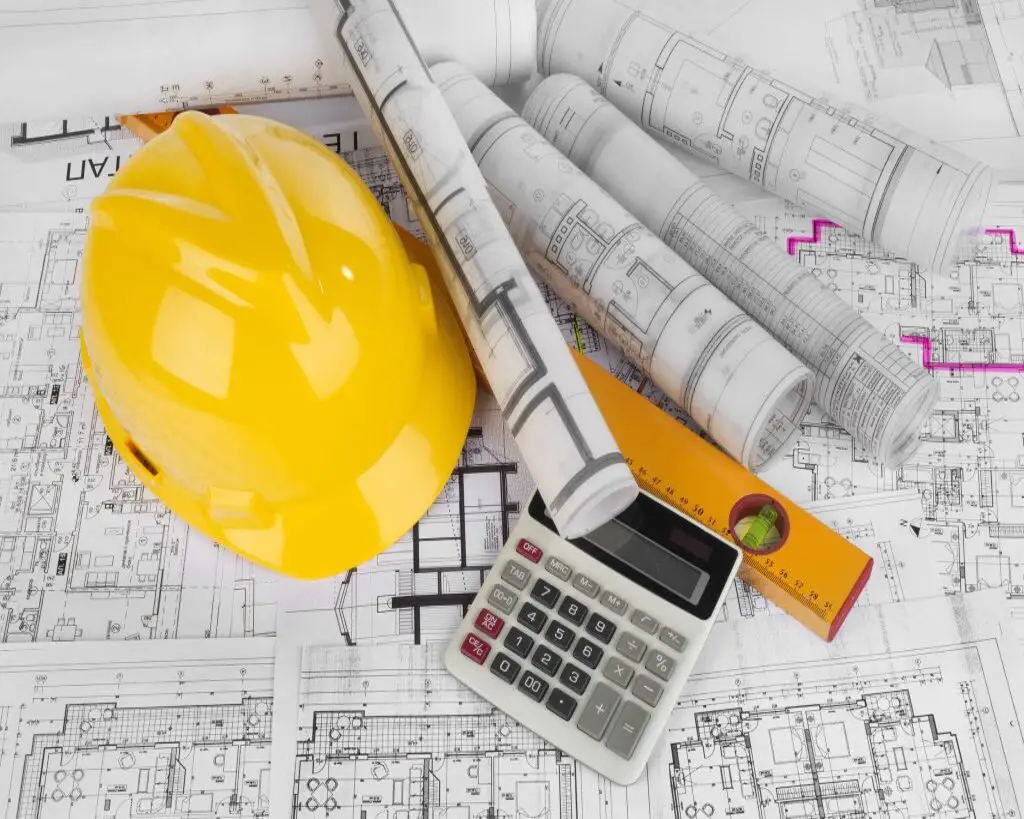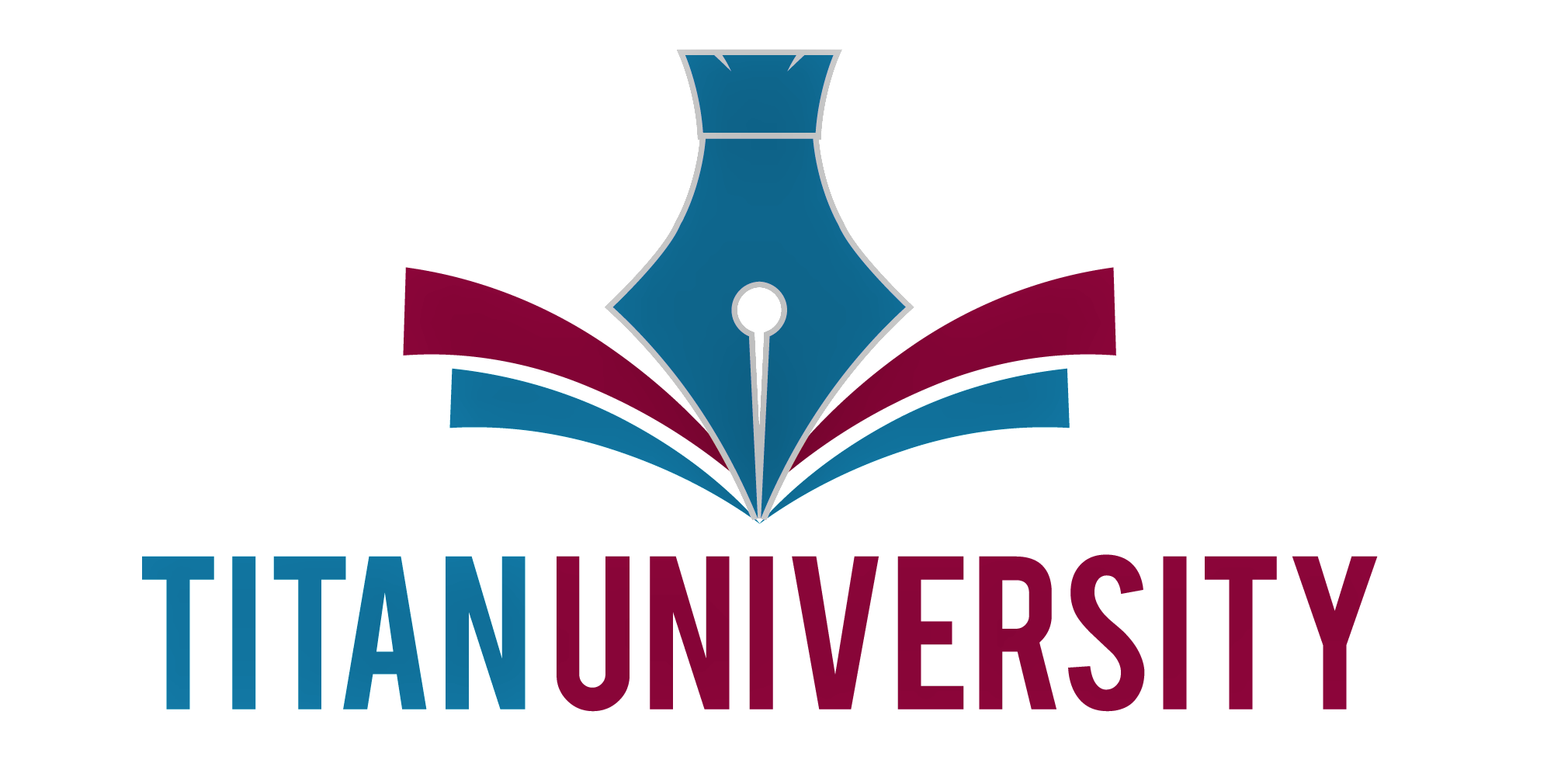In the ever-evolving landscape of the construction industry, the paramount importance of safety has remained constant. Yet, how we approach and manage safety on construction sites is undergoing a revolutionary transformation, thanks to the advent of emerging trends and technologies. From wearable technology that monitors workers’ vitals in real time to drone surveillance that offers unprecedented views of ongoing projects, the future of construction safety is being rewritten. However, harnessing these advancements extends beyond mere adoption; it requires a skilled workforce adept in navigating these technologies.
The demand for experienced Site Safety and Health Officers, Project Managers, and Quality Control Managers who can integrate these innovations into daily operations has never been higher. As firms look beyond traditional job boards to staff their projects, the question arises: how can one ensure their project is not just compliant with safety standards but also a benchmark in efficiency and innovation? This pivotal shift underscores the need for strategic hiring practices, focusing on qualifications, experience, and a forward-thinking mindset in construction safety professionals. The journey towards a safer, more efficient construction site is not just about the tools we use but the people who wield them — making the search for qualified construction safety professionals a critical mission for today’s construction management firms.
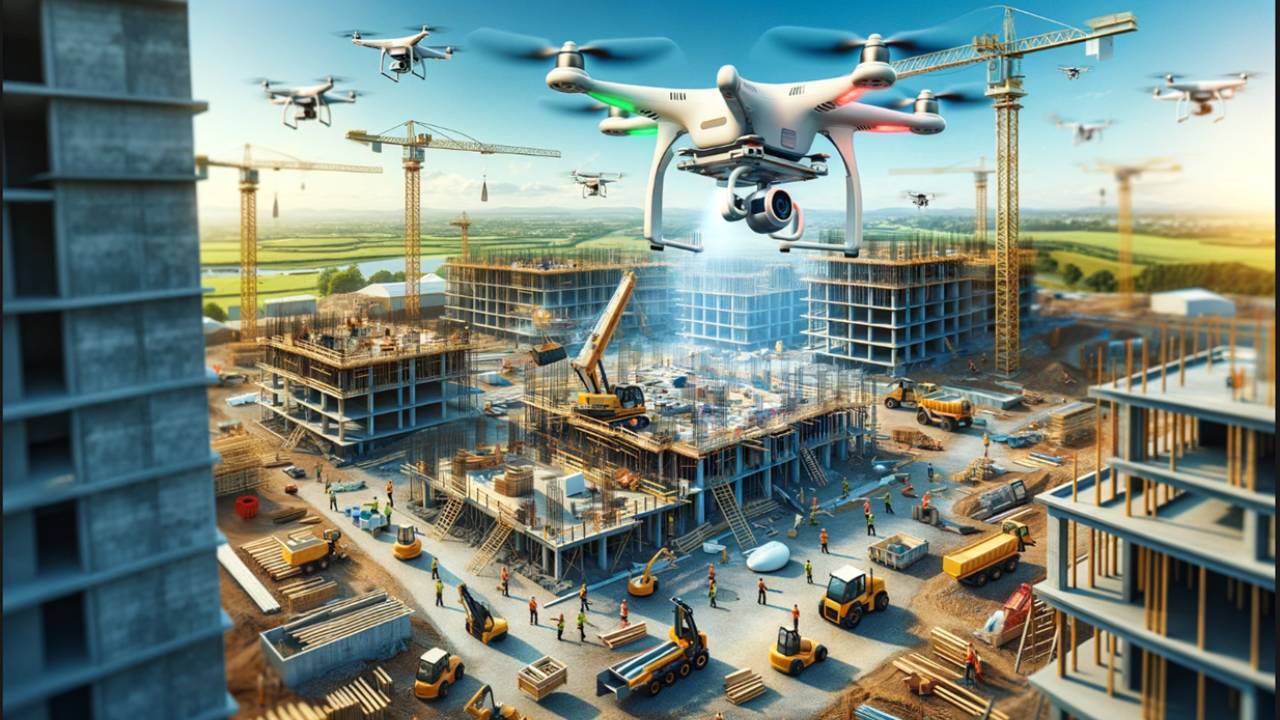 Emerging Trends in Construction Safety
Emerging Trends in Construction Safety
The construction industry is at the cusp of a technological revolution, with safety at its core. As we delve deeper into the 21st century, the integration of technology in construction safety practices is not just a trend but a necessity. Here are some of the most promising technologies reshaping the safety landscape:
Wearable Technology
Wearable technology has made its way from consumer electronics to the construction site, offering real-time monitoring of workers’ health and safety conditions. Devices equipped with sensors can track vital signs, detect falls, and even monitor fatigue levels, alerting managers to potential health risks before they become accidents. This innovation not only enhances worker safety but also contributes to a culture of proactive safety management.
Drone Surveillance
Drones have become invaluable tools for conducting site inspections and surveillance, providing a bird’s eye view of the entire project. These unmanned aerial vehicles can access hard-to-reach areas, identify potential hazards, and monitor ongoing activities without putting human lives at risk. By leveraging drone technology, construction sites can significantly reduce the likelihood of accidents and ensure continuous safety compliance.
Risk Assessment Software
Advanced software solutions are revolutionizing the way construction sites assess and manage risks. These platforms offer sophisticated algorithms to predict potential safety hazards and propose mitigation strategies. By integrating risk assessment software into their safety protocols, construction projects can preemptively address issues, ensuring a safer environment for all involved.
Each of these technologies represents a step forward in the quest for safer construction sites. However, the successful implementation of these tools relies heavily on the expertise and experience of construction safety professionals. The next generation of Site Safety and Health Officers, Project Managers, and Quality Control Managers must be well-versed in these technologies to harness their full potential, transforming not only how we manage safety but also setting new standards for the industry.
The Role of Skilled Personnel in Advancing Construction Safety
As the construction industry embraces new safety technologies, the demand for skilled professionals capable of implementing and managing these innovations has surged. Site Safety and Health Officers, Project Managers, Quality Control Managers, Engineers, and other key roles are now required to possess a unique blend of traditional safety knowledge and technological proficiency. Their expertise is not just in understanding safety protocols but in leveraging technology to enhance these protocols and create a safer work environment.
Bridging Technology and Safety
The effective integration of wearable technology, drone surveillance, and risk assessment software into construction safety strategies necessitates a deep understanding of both the technology itself and its application to safety management. Professionals in these roles must be adept at interpreting data from these technologies, translating it into actionable insights, and implementing safety measures that preemptively address potential hazards.
Training and Education
To keep pace with technological advancements, ongoing training and education are paramount. Construction safety professionals must engage in continuous learning to stay abreast of the latest tools, techniques, and best practices. This includes not only formal education and certification programs but also hands-on experience with the technologies being deployed on construction sites.
Leadership and Communication
Beyond technical skills, leadership and effective communication are essential qualities for these professionals. They must be able to articulate the benefits and requirements of new safety technologies to all stakeholders, including construction workers, project managers, and clients. Moreover, they play a crucial role in fostering a culture of safety that prioritizes the well-being of every individual on the site.
The Hiring Challenge
Finding individuals who embody this blend of technical knowledge, safety expertise, and leadership ability presents a significant challenge. Traditional recruitment channels often fall short in identifying candidates with the specialized skills needed for these evolving roles. As a result, construction management firms must adopt innovative hiring strategies, leveraging professional networks, industry associations, and specialized job platforms to attract the right talent.
The future of construction safety hinges on the ability of these skilled professionals to effectively harness emerging technologies. Their role extends beyond mere compliance; they are the architects of a safer and more efficient construction industry. As we look forward, the emphasis on training, education, and innovative hiring practices will be key to building a workforce that is not only equipped to navigate the challenges of today but also prepared to tackle the safety demands of tomorrow’s construction sites.
Benefits of Embracing Technology with Qualified Staff
The integration of emerging technologies in construction safety, guided by the expertise of qualified professionals, brings a host of benefits to construction projects. These advantages not only enhance safety outcomes but also drive efficiency, quality, and compliance across the board.
Enhanced Safety and Reduced Accidents
The primary benefit of combining technology with skilled safety personnel is a significant reduction in workplace accidents and injuries. Wearable technology can monitor workers’ conditions in real time, allowing for immediate intervention before health issues or fatigue lead to accidents. Drone surveillance and risk assessment software provide comprehensive oversight, identifying potential hazards that human inspectors might overlook. Together, these technologies enable a proactive approach to safety management, drastically lowering the risk of accidents on site.
Improved Compliance and Risk Management
Navigating the complex landscape of safety regulations and compliance standards is a daunting task. Skilled safety professionals, equipped with the latest technologies, can ensure projects adhere to all regulatory requirements more efficiently. Automated compliance tracking, digital safety audits, and software-driven risk assessments streamline compliance processes, reducing the likelihood of costly violations and penalties.
Increased Project Efficiency and Cost Savings
Emerging safety technologies, when effectively managed, contribute to smoother project workflows and reduced downtime. The ability to quickly identify and mitigate risks means fewer interruptions, while real-time health monitoring can prevent long-term absences due to work related injuries. These efficiencies translate into significant cost savings, with projects more likely to be completed on time and within budget.
Data-Driven Decision Making
The wealth of data generated by safety technologies offers invaluable insights into project management and safety practices. Skilled professionals can analyze this data to identify trends, forecast potential issues, and make informed decisions that enhance overall project safety and efficiency. This data-driven approach allows for continuous improvement, setting new benchmarks for safety and performance in the construction industry.
A commitment to advanced safety practices and the use of cutting-edge technology can also serve as a powerful recruitment tool. Talented professionals are drawn to companies that prioritize worker safety and invest in the latest technologies. This not only helps attract the best talent in the field but also fosters a culture of innovation and excellence that retains these individual’s long term.
The convergence of technology and skilled safety personnel is revolutionizing the construction industry, setting new standards for safety, efficiency, and compliance. As we look to the future, the role of these professionals will only grow in importance, driving the adoption of innovative technologies and shaping the construction sites of tomorrow. The benefits outlined above underscore the value of this symbiotic relationship between technology and human expertise, promising a safer, more efficient, and more sustainable construction industry.
By fostering a culture of continuous learning and innovation, and by prioritizing the recruitment and development of skilled professionals, construction firms can ensure they remain at the forefront of this transformation, leading the way in safety and excellence.
Finding the Right Talent for Tomorrow’s Construction Sites
The quest for top-tier talent in construction safety is both a challenge and an opportunity. In an era where technology is rapidly reshaping the landscape of construction safety, identifying and hiring professionals with the right mix of skills and experience requires a strategic approach.
Leveraging Industry Networks and Associations
One effective strategy is to leverage industry networks and associations. These platforms are often frequented by professionals who are not only qualified but are also actively seeking opportunities to advance their careers in construction safety. Engaging with these communities can help uncover hidden talent and facilitate connections with candidates who possess the specialized skills required for modern construction safety roles.
Utilizing Specialized Job Platforms
Another avenue is the use of specialized job platforms, like Titan Consultants, dedicated to construction and safety roles. Unlike general job boards, these platforms cater specifically to the niche requirements of the construction industry, making it easier to attract applicants with the precise expertise needed for roles like Site Safety and Health Officers and Quality Control Managers.
Fostering Internship and Training Programs
Investing in internship and training programs can also pay dividends. By partnering with educational institutions and offering internships, firms can cultivate a pipeline of young talent equipped with the latest safety knowledge and technological savvy. This not only helps in staffing current projects but also in building a resilient workforce capable of adapting to future safety challenges.
Emphasizing a Culture of Safety and Innovation
Lastly, promoting a culture of safety and innovation within the organization can attract top talent. Professionals in the field are drawn to companies that value their safety contributions and encourage the exploration of new safety technologies and practices. Showcasing this culture in job postings and interviews can make a firm more appealing to potential candidates.
These strategies highlight the multifaceted approach needed to attract and hire professionals who can navigate the complexities of modern construction safety. By focusing on targeted recruitment channels, investing in future talent, and promoting a culture that values safety and innovation, firms can ensure they have the skilled workforce needed to meet the safety demands of tomorrow’s construction sites.



